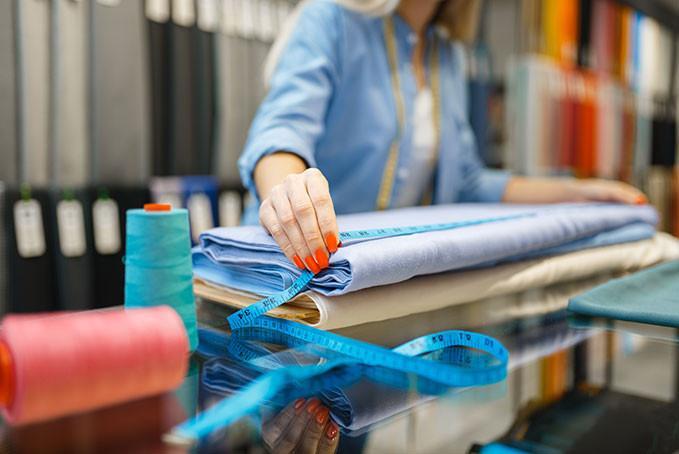Textile production in quake region to increase gradually
Aylin Rana Aydın – Kahramanmaraş

Last month’s devastating earthquakes also affected industrial and commercial life in 11 provinces. Kahramanmaraş, the epicenter of the earthquake, and its neighboring provinces are among the most important textile and garment centers in Türkiye.
While textile manufacturers in the region say that production will start gradually, they are also calling for incentives to keep skilled workers in the region. While textile exports from the 11 provinces affected by the earthquake exceeded $3 billion in 2022, ready-made garments and apparel exports from the same provinces were over $500 million.
Ahmet Öksüz, president of Istanbul Textile and Raw Materials Exporters’ Association (İTHİB), stated that recovery will take time.
“The condition of companies varies from region to region, with minor, moderate and severe damage,” he said.
“Those with less damage have started work and production has begun. Almost 30 percent of the employees have come to work. If we can increase this number over time, we will have more than 50 percent of the facilities working within two to three months. Kahramanmaraş produces textiles, while Malatya and Adıyaman mainly produce ready-made garments. The local economy of these cities is also based on these sectors.”
Öksüz recalled that the earthquake disaster was also reflected in export figures, noting that there had been a decline in textile exports from the region.
He emphasized that the most important issue is to make the region attractive for employees.
“Incentives can be given to the employees at no additional cost to the employer,” Öksüz added.
“It is very important for our customers to be a little more flexible in favor of the producer, both in the domestic market and in export. On the ready-to-wear side, production can also be carried out in different regions. We are also supported by our industrialist companies in the western region, where we transform fabrics into finished products.”
Mustafa Paşahan, vice president of Istanbul Ready-to-Wear and Apparel Exporters’ Association (İHKİB), stated that production has started slowly in provinces such as Şanlıurfa, Diyarbakır and Gaziantep.
“We opened our factory in Malatya and in the first phase, around 10 percent of the staff came to work,” said Paşahan, who is also on the board of Zevigas Tekstil, a textile company based in Malatya.
“We are now at the level of 50-55 percent,” he added.
“A few companies are also open, many of them are slowly starting production. We are currently working at 50 percent capacity. In fact, if the housing problem is solved there, maybe 25 percent more employees may not leave the region.”
The Migiboy brand, which is represented by Vehbi Canpolat, president of the Turkish Textile Finishing Industrialists’ Association (TTTSD), also has a production facility in Kahramanmaraş. While stating that production will start with a single shift, Canpolat said, “I think production will start in buildings without 50-60 percent major damage within a month. However, we think that the problem with human resources will take a long time, but we think that it can be corrected in two to three months, even if it will not return to the pre-earthquake level.”
Canpolat said that customers are showing tolerance for the orders received.
“The main problem is that Europe is unsure and is shifting to the Far East for supply, especially due to the drop in container prices. We think there could be a disruption in the supply chain,” he added.
















